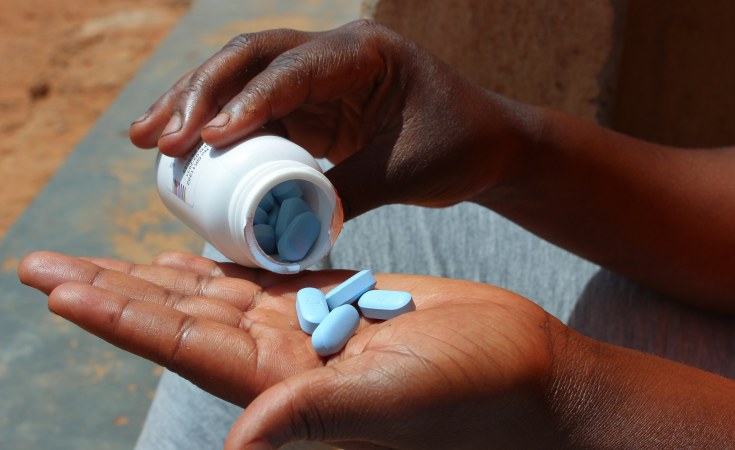At a rural village in South Africa’s KwaZulu-Natal province, 19-year-old Nozuko Majola worries whether she can afford the one-hour ride to collect her essential HIV medication. Typically delivered to her home, the medication has been delayed due to rough, untarred roads and a suspension in aid.
Majola is among millions of South Africans affected by U.S. President Donald Trump’s global foreign aid freeze, which has raised fears of treatment defaults, rising infection rates, and an eventual increase in deaths. In 2024, the Human Sciences Research Council reported that KwaZulu-Natal had the country’s second-highest HIV prevalence at 16%, with an estimated 1,300 young people contracting the disease each week.
The province also had the highest number of people living with HIV in South Africa in 2022, about 1.9 million. Nationally, more than 7.5 million people are infected with the virus that causes AIDS — more than any other nation.
There are 5.5 million South Africans receiving antiretroviral treatment, whose funding is now in question after Trump suspended the President’s Emergency Plan for AIDS Relief (PEPFAR). The program contributes more than $400 million a year to South Africa’s HIV programs and non-governmental organizations, about 17% of the total funding, according to the Health Ministry. Globally, PEPFAR is credited with saving at least 26 million lives since its inception in 2003, according to the U.N. AIDS agency.
Last week, a federal judge ordered the Trump administration to temporarily lift the funding freeze, while the U.S. Embassy in South Africa said PEPFAR projects would resume under a limited waiver. However, HIV aid groups have already shuttered, with closure notices posted at entrances and PEPFAR-branded vehicles standing idle. Patients are being diverted to struggling public health facilities.
Most of the PEPFAR funding is channeled through non-governmental organizations, which run programs that complement government-provided health care services.
For Majola and other HIV patients in Umzimkhulu, where unemployment is high and most people rely on subsistence farming and welfare grants, the aid freeze has upended their lives. “Things will be tough around here, and a lot of people will default on their treatment because we really struggle with transport,” Majola said. “The mobile clinics hardly come here.”
The freeze has forced many groups to halt treatment, causing an influx of patients to already overstretched public facilities. Along with medication, these programs provided testing in remote villages, a lifeline for many afraid to visit public clinics due to the stigma attached to HIV. Nearly 15,000 health workers, whose salaries are funded through PEPFAR, are now unsure of their futures.
About an hour away in Umgungundlovu, a district with the highest number of HIV cases in South Africa, HIV counselors gathered in a small office, discussing how best to assist patients like Majola. A manager at a nearby clinic said the administrative workload has become overwhelming after PEPFAR-funded staff withdrew. “People who were doing administration and data capturing, whose salaries were funded by PEPFAR, have left. We are a small facility and we cannot handle such a workload,” the manager said, speaking on condition of anonymity because they were not authorized to speak to the press.
Nozuko Ngcaweni, who has been on HIV treatment for 30 years, said the aid suspension has already disrupted her community, with many missing their treatment. “Not long ago, we said by 2030, we want to see an HIV-free generation. But if things remain as is, we will not achieve that. We will have to deal with deaths,” she said.
Mzamo Zondi, provincial manager of the Treatment Action Campaign, which advocates for access to HIV treatment for the poor, has been monitoring the impact of the aid freeze in Umgungundlovu. “Our response to HIV is likely to falter as we struggle to stop newly infected cases,” he said. “This is a matter of life and death.”

